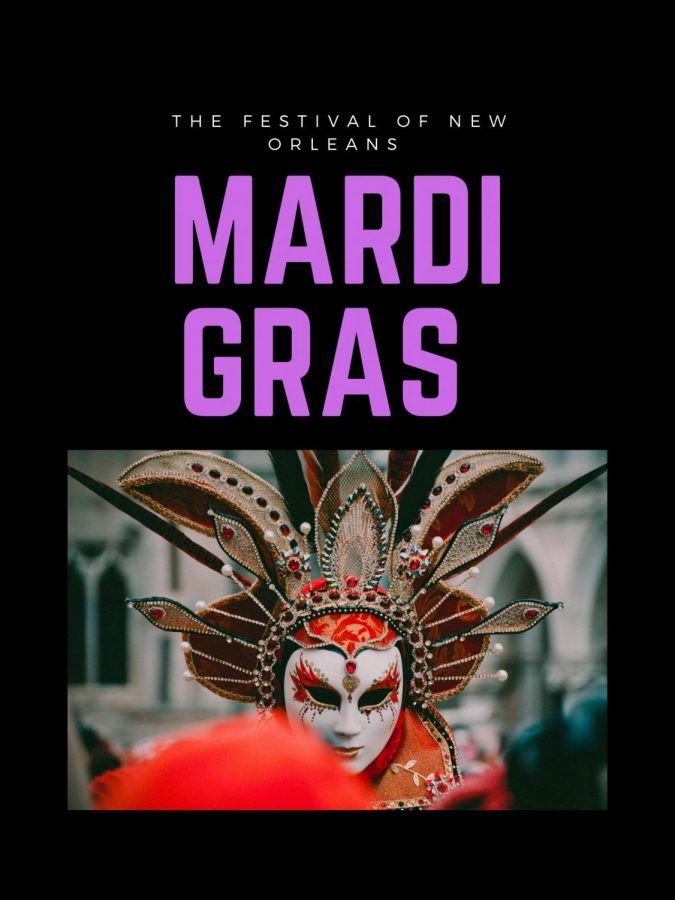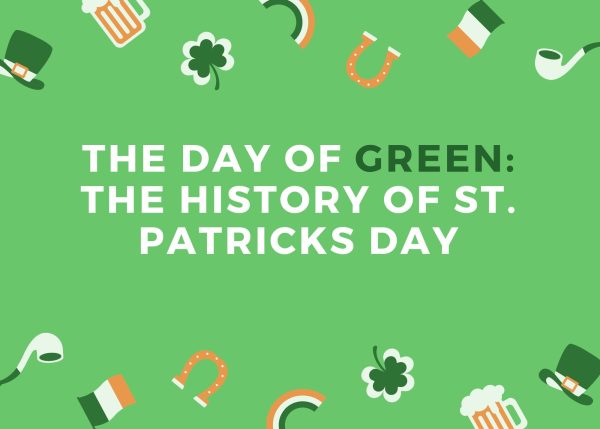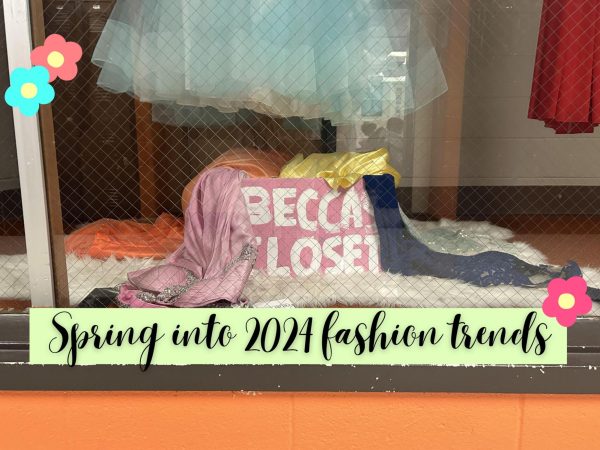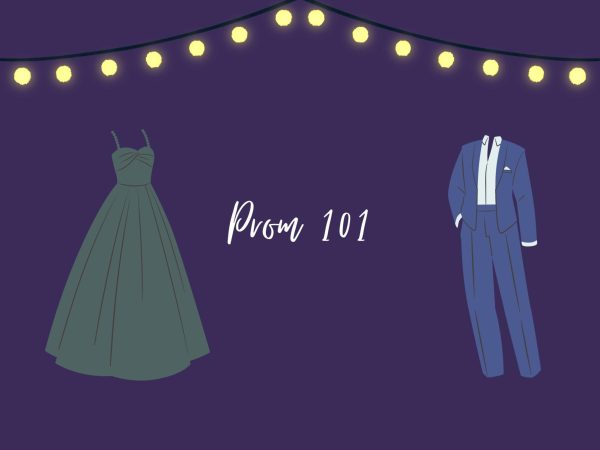History of Mardi Gras, New Orleans yearly tradition
During this time of the year, New Orleans and other parts of the world celebrate the festival of Mardi Gras, Mardi means “Tuesday” and Gras means “fat”. This special holiday means elaborate carnivals, balls, and even a special dessert that holds a surprise, people of New Orleans love this holiday and look forward to it every year.
March 16, 2021
Mardi gras, or “Fat Tuesday,” refers to a very famous carnival celebration in New Orleans involving people in fun elaborate masks parading the city. This holiday starts on the Tuesday before Ash Wednesday, also known as the start of Lent. However, Mardi Gras has evolved into a week-long festival in some places. This year Mardi Gras will fall on Tuesday, February 16, but due to the pandemic, the parade will not occur.
The Mardi Gras parade tradition goes back thousands of years to the Pagan celebration of spring and fertility, where people would fast and pray for 40 days after they binge on the rich fatty foods such as meat, eggs, milk, lard, and cheese in their homes in preparation of the Mardi Gras celebration.
The first American Mardi Gras took place on March 3, 1699, when French explorers Pierre Le Moyne D’iberville and Sieur de Bienville landed in New Orleans, Louisiana. They celebrated and named their landing spot Point du Mardi Gras. Years later, in New Orleans, they began celebrating this holiday with street parties, masked balls, and expensive dinners. To pay for these expensive dinners, a private non-profit organization known as Krewes, gets together each year and plans their parade’s theme, costumes, and individually funds the carnival through dues, sales of Krewe-related merchandise, fundraising, and corporate sponsorships.
In 1872 when Grand Duke Alexis Romanov from Russia visited New Orleans, his welcoming committee handed out purple, green, and gold beads to the people at the party that year; the colors of his home. The three shades symbolized the festivities and since then people who celebrate this holiday usually parade the town in those three colors, purple represented justice, gold represented power, and green represented faith.
“People thought that there was no way the city would be able to embrace its culture and tradition after hurricane Katrina, but Mardi Gras proved to the country that New Orleans would come back,” Mark Romig, president of the New Orleans Tourism Marketing Corporation said.
Just as people eat turkey on Thanksgiving, the people of New Orleans celebrate Mardi Gras by eating a special dessert called King cake, a circle cake traditionally made of brioche, flavored with cinnamon, and glazed with sugars the shades of the official Mardi Gras color. The cake symbolizes the unity of faiths, and for the fillings, bakers offer a choice of fruit or cream cheese and top it with Mardi Gras decorations. The cake adorns a tiny plastic baby hidden inside of it, and whoever finds the baby in their piece of cake takes the crown as the king or queen of the Mardi Gras balls.
Over the years, Mardi Gras has remained one of the most celebrated occasions associated with New Orleans culture. However, it has evolved in New Orleans, and many other destinations across the globe celebrate their own version of the holiday.

















